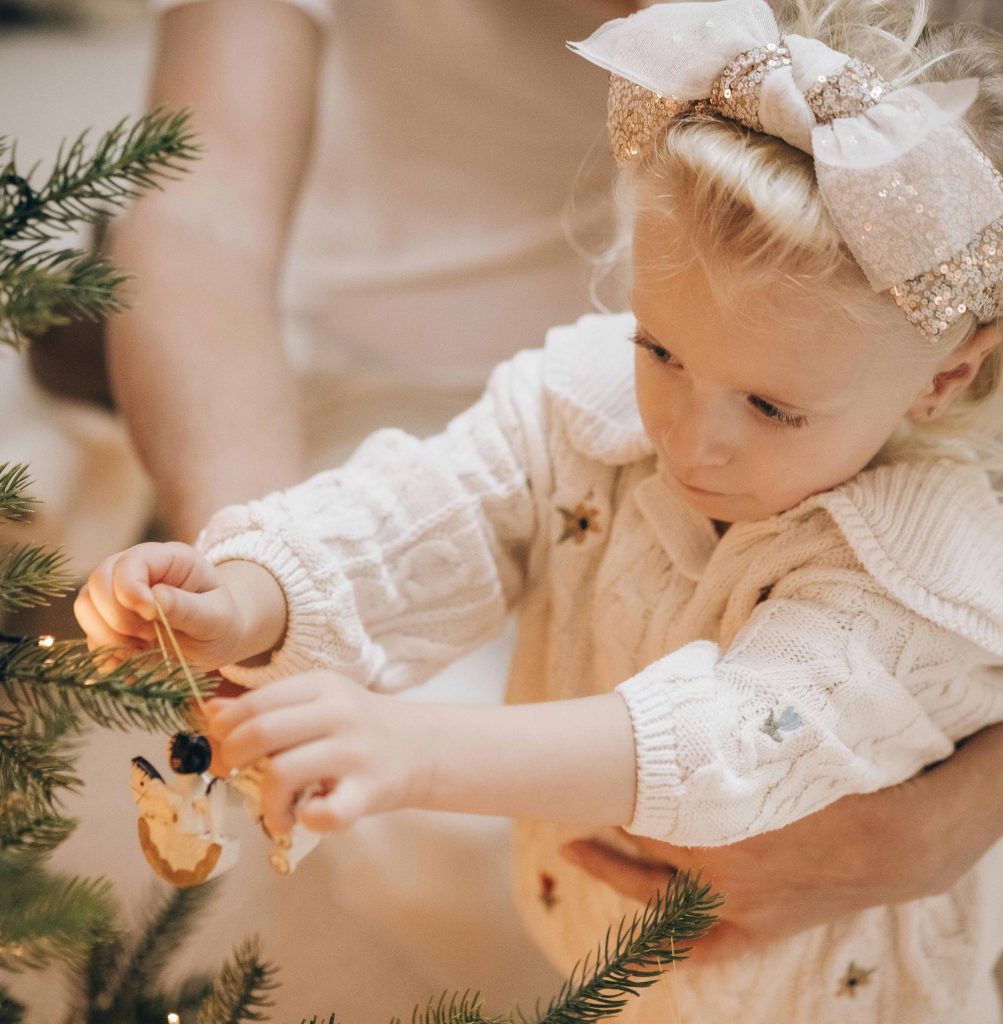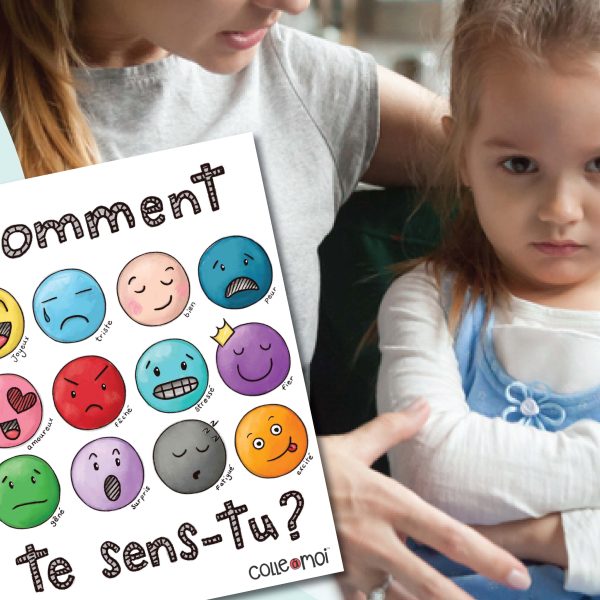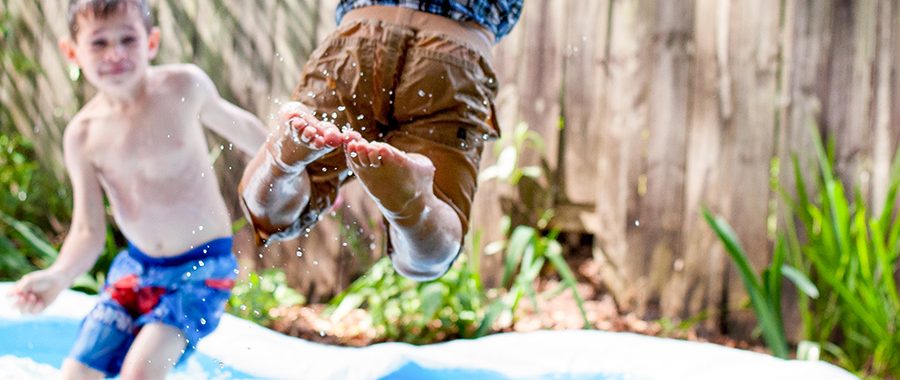There are some conversations parents dread. The ones that pop up out of nowhere, between two bites of macaroni, with a tone far too serious for a seven-year-old face:
“Mom… is Santa Claus real?”
And just like that, your heart skips a beat. You try a nervous smile, stall with a “Why do you ask?”, while your brain starts calculating at rocket-scientist speed. We all know this moment will come eventually. We just secretly hope it’ll be a “next year” problem.
In this blog, we’ll help you figure out when and how to have this big conversation, so the magic of Christmas doesn’t disappear completely… it just transforms a little.
Knowing When It’s the Right Time to Tell the Truth
Most of the time, you won’t be the first to bring it up. The outside world gets there before you: classmates, cousins, or older siblings who couldn’t keep the secret any longer.
These days, information travels fast! Between playground chatter, social media videos, and curious kids Googling “Is Santa real?”, it’s getting harder and harder to keep the magic alive for long.
But let’s be honest. Sooner or later, you’ll have to face it. Because in your child’s eyes, you’re the ultimate source of truth — the one who knows everything about everything (including Santa’s sleigh logistics).
Figuring Out the Right Age
There’s no “perfect age” to break the news, but many parents notice that around age seven, children start to separate imagination from reality. It’s usually around then that they begin asking more logical questions, trying to understand the “how” behind the magic, and comparing what they hear at school with what they see at home, in books, or on screens.
Before that, around ages four or five, the truth can be a little hard to handle. Younger children are still deep in their world of fantasy, and taking that away too soon can feel a bit harsh.
On the other hand, after about age eight, it’s quite rare for a child to still believe in Santa. But if yours does, there’s no need to shatter the illusion all at once. You can gently guide them to think for themselves by asking questions like, “Do you really think Santa can deliver all the gifts in the world in one night?”
The key is to consider your child’s emotional maturity. Some kids are ready to hear the truth earlier, while others might need to hold onto a bit of magic for a few more years. If your child is particularly sensitive, it’s best to wait until they start showing clear signs of doubt before starting the conversation.
Watching for Signs of Doubt or Curiosity
According to psychologist Valérie P., it’s best to wait until your child starts asking questions. Some will come right out with it: “Are you Santa?” Others might drop subtle hints like, “How does he get into houses without chimneys?”
These little clues show they’re starting to doubt, but still want reassurance. A good way to gauge what they’re thinking is to turn the question back to them: “What do you think?” This helps you understand where they are in their thought process and how ready they might be for the truth.
Child psychologist and professor emeritus Agnès Florin from the University of Nantes suggests that once a child expresses real doubt and starts talking about it, parents can confirm their intuition. She recommends focusing on the values of Christmas — the magic, kindness, and generosity behind it all.
And if your child has younger siblings, remind them that keeping the secret is important. The magic of Santa is still a beautiful part of childhood. A time for sharing, joy, and creating lasting memories together.
Preparing an Explanation That Fits Your Child
Explaining the Story and Tradition of Santa Claus
According to psychologist Virginie Piccardi, some parents enjoy telling these stories themselves because it feels meaningful to them. Others prefer to let their child discover the belief through friends or their surroundings, and some simply explain that it’s not part of their cultural tradition. In the end, it’s up to you to decide what role you want the story of Santa Claus to play in your family.
A child needs to believe in a tradition that existed before them. That might be through Santa Claus, Saint Nicholas, or another festive figure. Stories that are rooted in reality but reach into the magical help children feel safe while passing along important messages. The story of Santa belongs to our collective imagination — it’s meant to spark wonder in young minds and teach values like generosity, joy, and the pleasure of giving.
What matters most is passing on the story and tradition of Santa in a way that suits your child. Even if the man in the red suit isn’t real, the spirit of Christmas can live on through your family’s traditions and shared moments together.
Sharing the True Magic of Generosity
Even if your child is starting to understand that Santa Claus isn’t real, this is the perfect opportunity to show them that the magic of Christmas isn’t just about presents and toy catalogs. It’s really about kindness, generosity, and the joy of giving.
Encourage your child to take part in small acts of generosity, like making a little gift for a friend or helping someone in need. You can also use stories or metaphors to help bridge the gap between myth and reality, while keeping the sense of wonder and the joyful spirit of the holiday season alive.
Breaking the News Gently
Choose a calm moment to talk, when your child isn’t in the middle of homework or running around. Be understanding of their reaction; a few tears are completely normal. Encourage them to ask questions and answer honestly, even if you have to improvise a little along the way. Peer pressure might already be planting ideas in their mind, so it’s important for them to feel that you’re there to guide them with patience and kindness.
Keep your language simple and sincere. There’s no need to turn into a history teacher or explain every version of Santa around the world. Tell the truth in a way your child can understand, without overwhelming them with too many details. It’s not about lying, but about sharing the truth while keeping the joy, warmth, and values of Christmas alive.
And who knows, a touch of humor might even make the moment memorable and a little less dramatic for everyone.
Keeping the Magic of Christmas Alive Without the Myth

Even if the Santa Claus myth fades, it’s still entirely possible to keep the magic of Christmas alive. Traditions don’t disappear just because the truth has been revealed. On the contrary, it’s a chance to create new family traditions that reflect your values and include everyone.
The goal isn’t to replace magic with a lesson in realism, but to show your child that Christmas is really about sharing, generosity, and time spent together.
Creating New Family Traditions
Getting involved in preparations can be a real source of joy for your child. Whether it’s decorating the tree, helping choose ornaments, or baking Christmas cookies, these activities allow everyone to feel included and fully experience the season. Over time, these moments turn into lasting positive memories, sometimes even more memorable than the gifts themselves.
You can also use this time to invent new traditions. A family night where everyone picks a Christmas song to sing together, or a little ritual around decorating cookies, can quickly become a seasonal favorite.
In my own family, for example, building the gingerbread house is a must-do tradition. Every year, we team up to decorate, get creative, and compete to see who makes the most beautiful house.
The key is to let your child participate and take ownership of these festive activities so that the magic of Christmas continues to live on through laughter, stories, and shared acts of generosity.







